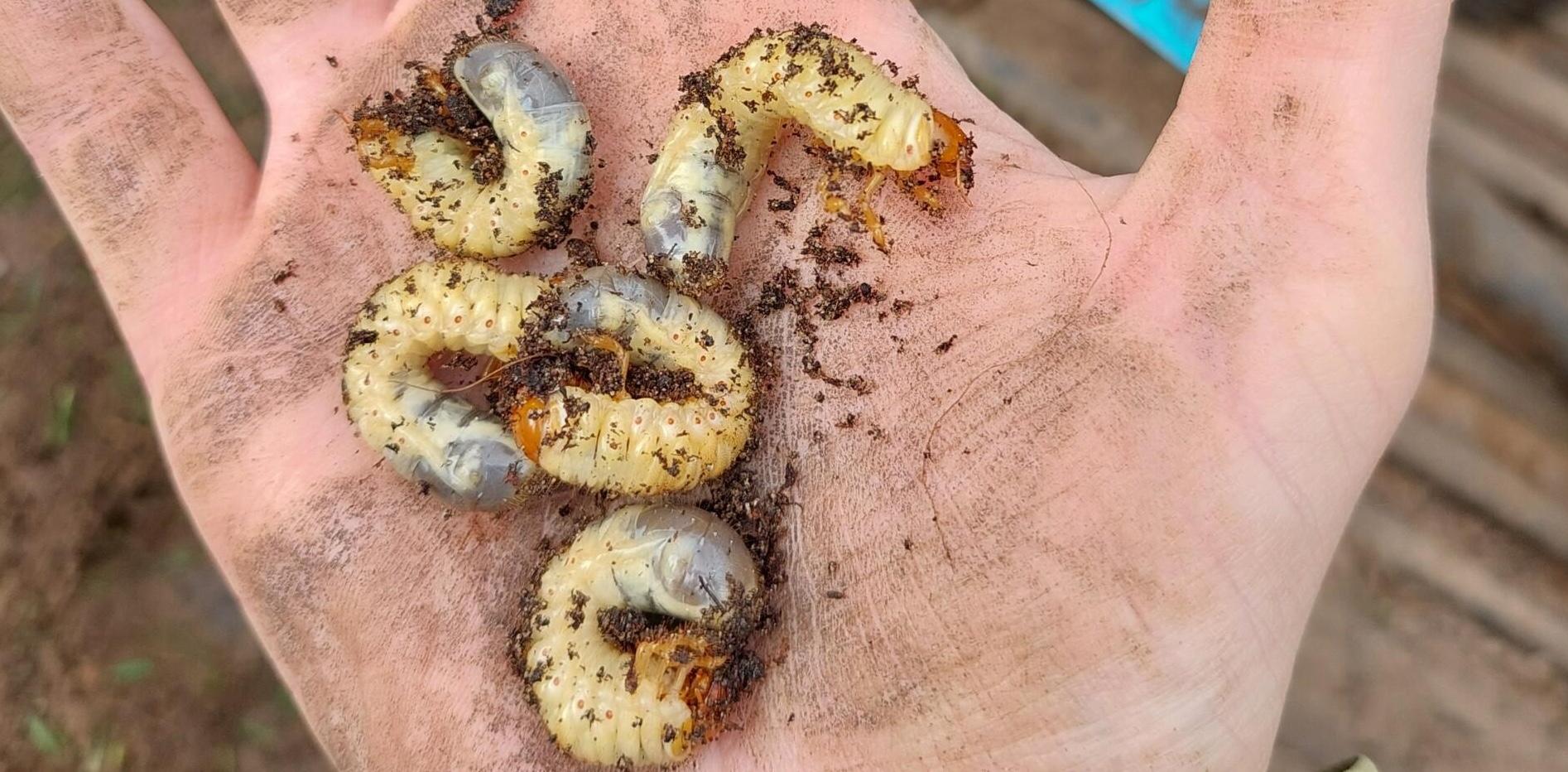Here is the second of what is going to be a regular feature on the blog, your most frequently asked questions from last month. This time it's your FAQs from August 2020.
+2C warmer than average, Higher rainfall than average and less sunlight than average. Again August proved to be a transition month.
The first half of the month was generally HOT and the second half of the month was cooler and wetter. One week you were managing heat stress and prolonged periods of over 30C then we moved quickly into Autumnal weather that is highly suitable for Microdochium Patch.
This quick change in weather conditions coupled with renovation processes that tend to happen is almost the perfect storm for kicking of the "fuz season"
Heat Stress - how to cope?
Heat and stress management filled the first half of the month check out this blog of heat management........... although heat waves now feel like they are very old news. Hopefully good water management, raised cutting heights and good use of Ryder (which continues to amaze me in these situations) helped people through that period.
During the heat and in the dryer areas of the country all wetting agents were pushed to their limits. Several people asked for more trial data on Qualibra. I completely understand why, it was tough period for a lot of turf managers and critical analysis of your program is important to ensure you're getting the best out of your products.
I put this blog together to summarise some of our trial work with qualibra against other products on the market. There are some good products out there and if you're thinking of changing your wetter for next year it's well worth asking the manufacturer for similar trial data to make sure they have committed to fully researching and developing their products.
Microdochium Patch programmes / Anthracnose
Anthracnose calls dominated the discussion at the start of the month
The additional heat and stress meant this challenging disease reared its ugly head again. Dr Andy Owen and Henry Bechelet did a great series on Anthracnose which is well worth a look.
The key to managing Anthracnose is all in the preparation and build up. Understanding that is key to putting the right ITM strategy together.
The second half of the month has been dominated by when should I start my Fuz programmes.
Key points here:
- Check historic records to see when you have previously started
- Look at the Greencast tools to look at historic disease pressure
- Don't wait for it to get on top of you - start early. Preventative applications of fungicide will always be more effective
- Watch the weather - damp cool periods with no wind are periods you'll need cover
Here's a blog I put together last year on when to start....
Here's one on population dynamics....
Keeping disease pressure low from now to Christmas is the key to successful disease management. Trying to stretch application windows out between fungicides when disease pressure is high is likely to result in more fungicide applications later in the year to control the problem.
Once again the ICL team have done a great job talking through Integrated Turf Management strategies and they are well worth a watch.
For those of you who are trying to recover from Anthracnose damage, you are walking a tightrope between recovery and encouraging conditions suitable for Microdochium. Here's some useful stuff on walking that tightrope...
Acelepryn Timings
Chafers
Your time is up! The Emergency Authorisation expired on the 31st August.
Cranefly and LeatherJackets
Remain patient, we have until the end of October for application this year. Application at peak flight is the optimum time for application in the UK.
The last two years that's been at the end of September / beginning of October. Keep logging those sightings at PestTracker, all your input helps the industry get the best out of the product.
Check out my thoughts on potential for different cranefly hatches this year...




